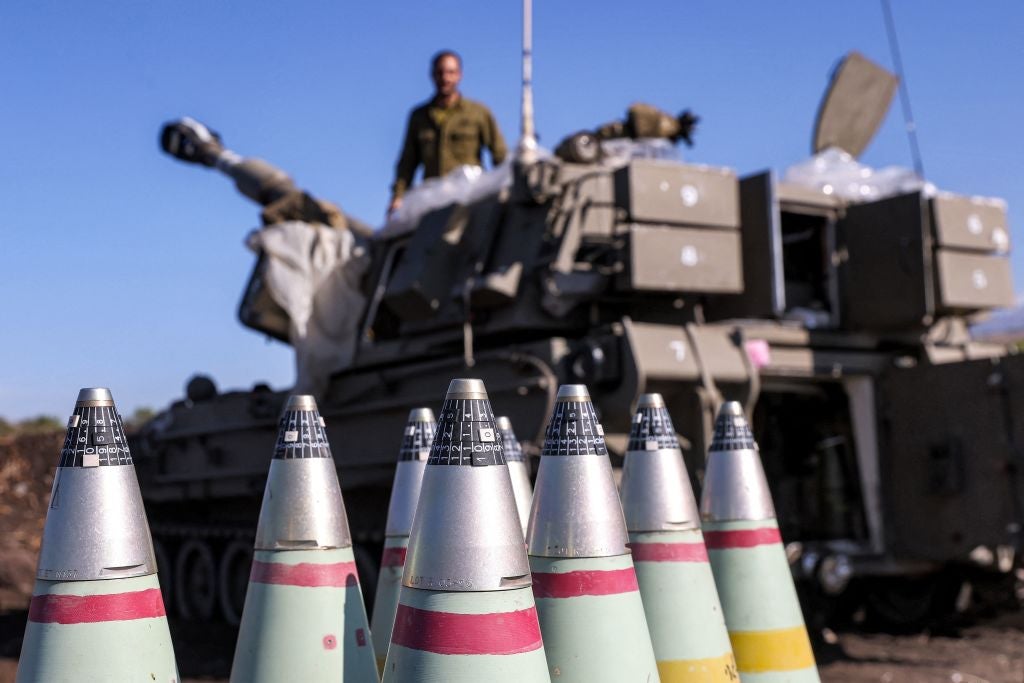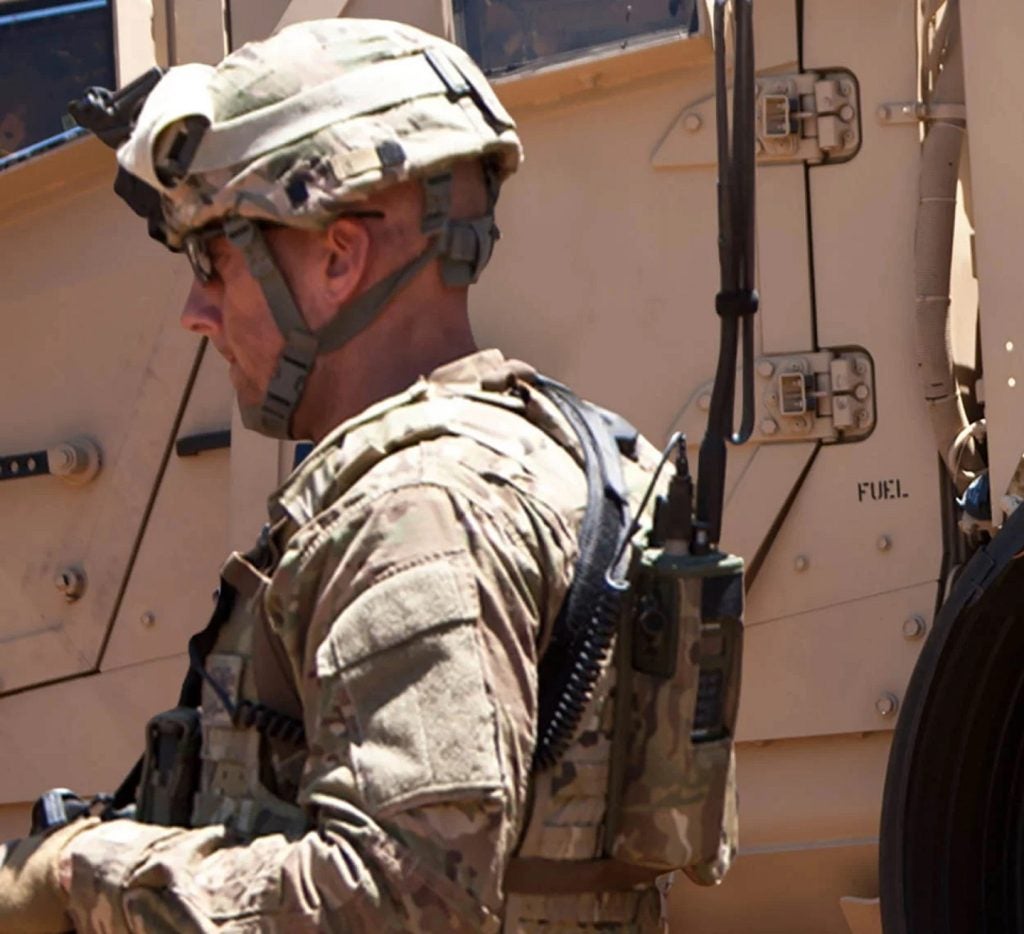The potential sale of 155mm ammunition to Israel was approved on 29 December 2023 by the US Secretary of State without the Congressional Review mandated under the Foreign Military Sales legislation, the second waiver against government oversight since the October 7th attacks.
World wide, 155mm ammunition stockpiles have been under constant pressure after nearly two years of conflict in Ukraine, and nations are rallying to source additional supplies. The provision of 155mm ammunition under this sale to Israel will be from US Army stock.
For foreign military sales to Israel, major defence equipment (MDE) of value worth more than $25m, or any defence articles or services of $100m or more requires Congressional review. The sale of 155mm ammunition authorised on 29 December 2023 was for a contract worth $147.5m, an update to an earlier $96.5m contract that was not announced as a foreign military sale case by Defence Security Cooperation Agency (DCSA).
The 29th December contract is the second proposed sale to Israel to waive the Congressional review requirements under Section 36(b) of the Arms Export Control Act. After the Secretary of State detailed justification to Congress that an emergency was in progress in Israel the DCSA announced 9 December that the State Department approved a sale covering 13,981 high-explosive 120mm tank cartridges worth $106.5m.
While the details of the most recent deal for 155mm ammunition have not been announced, the DCSA announcement from 29 December describes the material already delivered under the earlier version of the contract, worth $96.5m contract. No earlier announcement of the original $96.5m contract appeared on the DCSA website as a foreign military sale case.
This proposed sale covered 4,792 rounds of M107 155mm artillery ammunition, recorded as Major Defence Equipment (MDE), and for 52,229 rounds of M795 155mm artillery ammunition, recorded as non-MDE, as well as 30,000 M4 propelling charges, also recorded as non-MDE.
M795 ammunition is a more modern and effective projectile compared to the M107, with improvements in range, lethality, and explosive payload, and is considered more suitable for current military requirements.
However, classification between MDE and non-MDE is dependent on the presence of nonrecurring research and development cost of more than $50m or a total production cost of more than $200m. A US State Department Official said on background that as versions of the M107 have been in production for considerably longer than the M795, more opportunity to accrue production costs have resulted in it passing the cost threshold to qualify as MDE.












